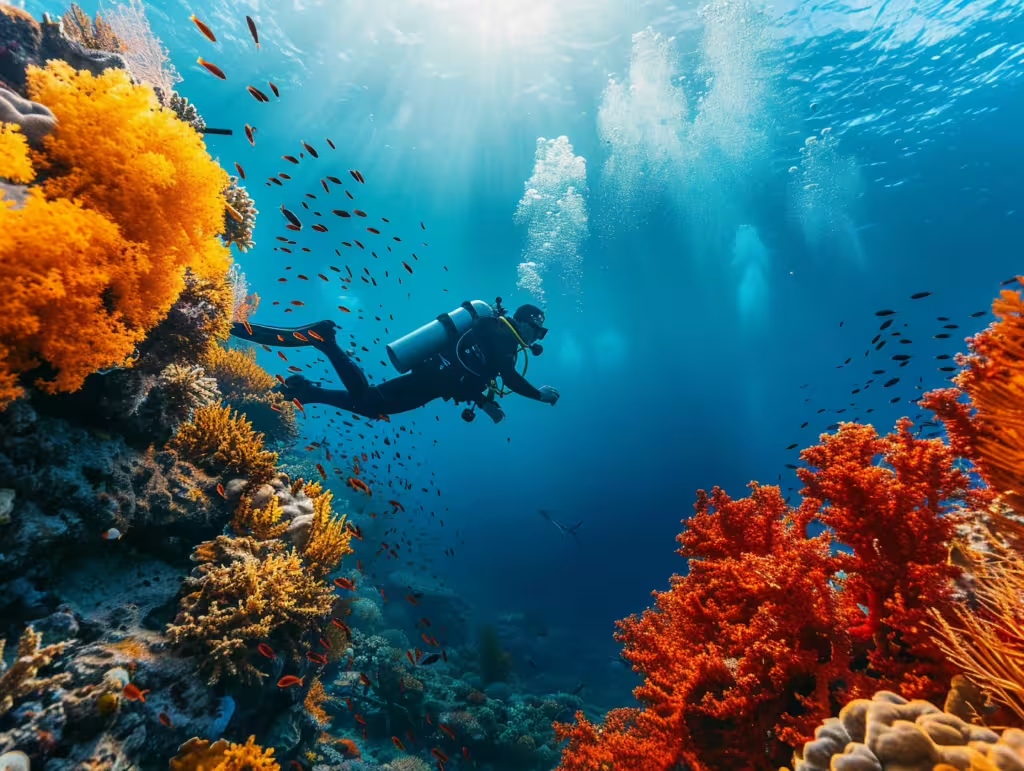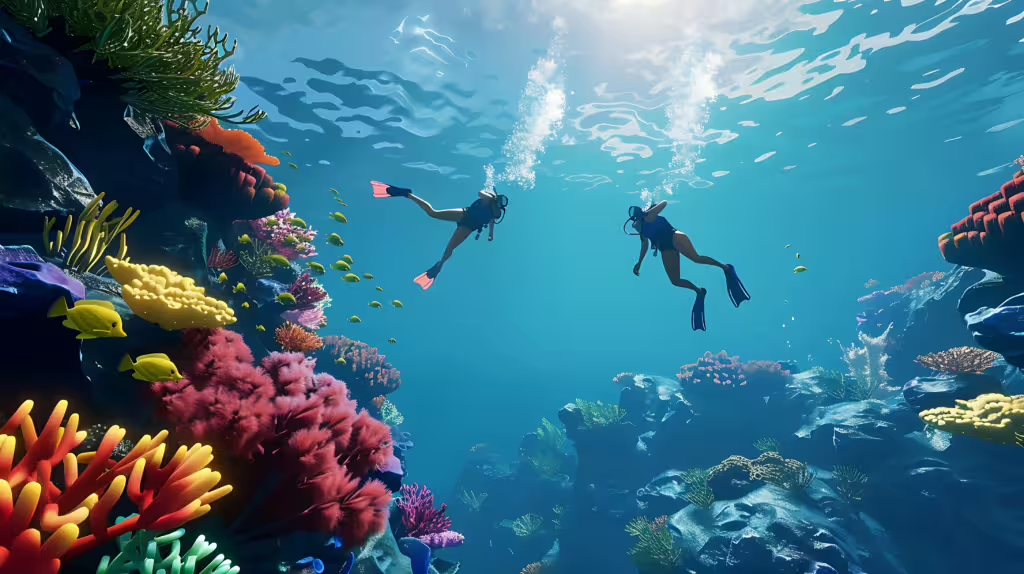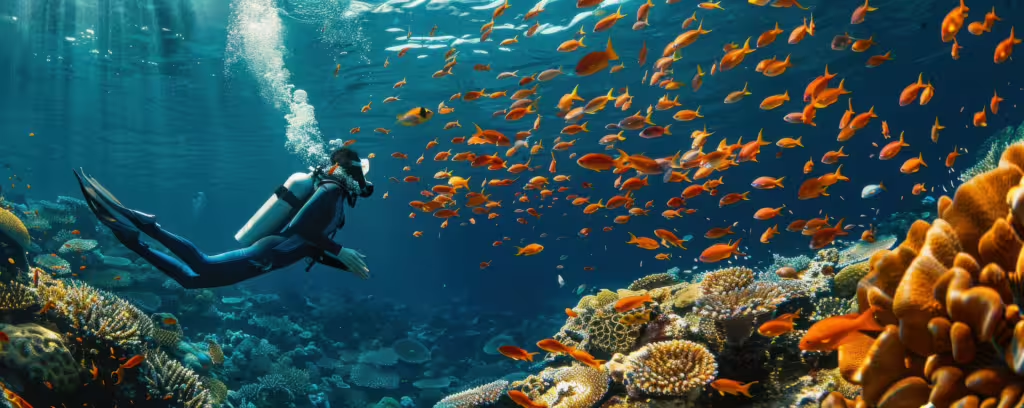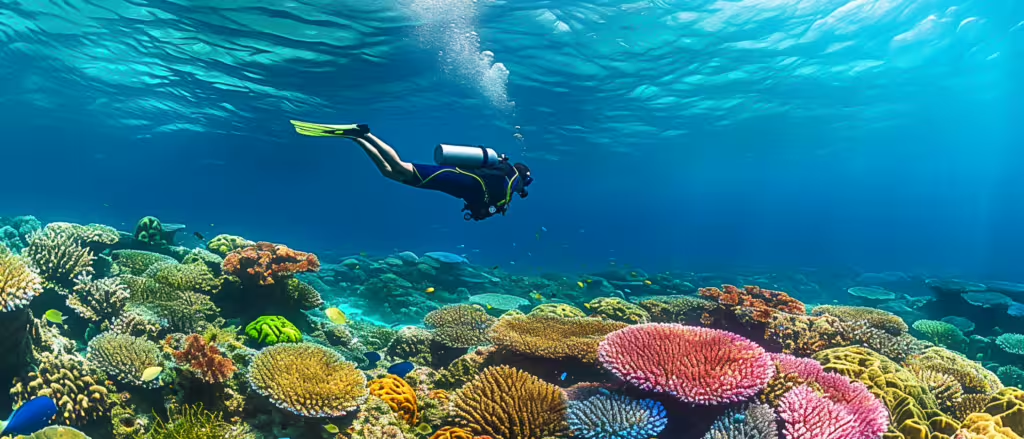As a scuba diving enthusiast, there’s nothing quite like the thrill of exploring the underwater world. But even with the best equipment and training, capturing stunning images beneath the surface can be a challenge. In this blog post, we’ll dive into the details (pun intended!) and share expert tips on how to take your underwater photography game to the next level. Whether you’re a seasoned pro or just starting out, these tips will help you capture crisp, clear images that will leave you and your friends in awe. So, grab your mask and let’s dive in!
Tip 1: Master Your Equipment
Before we dive into the world of underwater photography, it’s essential to master your equipment. This includes your camera, housing, and lighting setup. Make sure you’re comfortable using each component and know how to adjust settings for optimal performance. For example, learn how to adjust white balance to compensate for changes in water temperature or depth. Additionally, invest in a good quality underwater housing that can withstand the pressures of being submerged. A poor-quality housing can result in costly repairs or even damage your camera.
Tip 2: Understand Your Subject
Understanding your subject is crucial for capturing stunning images during your scuba diving. Study the behavior and habits of marine life, including fish, coral, and other creatures that inhabit the underwater world. Learn about their habitats, feeding patterns, and social behaviors. This knowledge will help you anticipate and capture unique moments, such as a school of fish swimming together or a sea turtle gliding through the water.
Tip 3: Pay Attention to Lighting

Lighting is one of the most critical factors in underwater photography for scuba diving. Natural light from the sun or artificial lighting can greatly impact the quality and mood of your images. For example, during sunrise or sunset, the soft golden light can create a warm and inviting atmosphere perfect for capturing portraits or close-up shots. On the other hand, bright sunlight can be harsh and overwhelming, making it challenging to capture details in the shadows.
Tip 4: Focus on Composition
Composition is key to creating visually appealing images. Pay attention to the rule of thirds, leading lines, and framing techniques to add depth and interest to your scuba diving photos. For example, use a coral reef or rock formation as a natural frame for your subject. Experiment with different angles, such as looking up at a sea turtle swimming above you or capturing a fish swimming alongside you.
Tip 5: Practice Patience and Persistence

Capturing the perfect image often requires patience and persistence. Be prepared to spend time waiting for the right moment, and don’t be discouraged by initial failures. Keep in mind that underwater scuba diving photography is a challenging environment, and even the best photographers have off days. Take breaks, adjust your settings, and try again.
Tip 6: Learn from Your Mistakes
Mistakes are an essential part of the learning process. Analyze your mistakes and use them as opportunities to improve. For example, if you’re struggling with backlight, experiment with different lighting setups or angles to overcome the challenge. Remember that even professional photographers make mistakes, but it’s how they learn from those errors that matters.
Tip 7: Get Certified

To truly capture the beauty of the underwater world, it’s essential to get certified in scuba diving and underwater photography. This will allow you to dive safely and confidently, while also providing a solid foundation for your photography skills. Our Bali Dive Resort offers a range of courses, including Scuba Diving Certification, Open Water Diving Course, and Advanced Diving Course. Take advantage of these opportunities to improve your skills and take your underwater photography to the next level.
Conclusion: Dive into the Details
Capturing crisp, clear images beneath the surface requires a combination of technical skills, patience, and persistence. By mastering your equipment, understanding your subject, paying attention to lighting, focusing on composition, practicing patience and persistence, learning from your mistakes, and getting certified, you’ll be well on your way to creating stunning underwater photographs that will leave you and your friends in awe. So why wait? Book a diving course with our Bali Dive Resort today and start capturing the beauty of the underwater world for yourself.


I’m impressed by the tips shared in this post! As someone who’s just starting out with underwater photography, I found the section on composition particularly helpful. I also appreciate how the author emphasizes the importance of patience and persistence when capturing images beneath the surface.
Thank you so much for sharing your thoughts, Evelyn! We’re thrilled to hear that our tips on composition were helpful for you. As a beginner in underwater photography, it’s great to know that you’re already taking the right steps towards improving your skills. Patience and persistence are indeed crucial when capturing images beneath the surface. If you have any questions or need further guidance, please don’t hesitate to reach out. We’d be more than happy to help. Looking forward to hearing about your underwater photography journey! By the way, if you’re ever in Bali, consider joining us at our dive resort for an unforgettable experience. Contact us at [email protected] or +62 857 3891 8262 for more information.
I love how detailed and informative this post is! As a scuba diving enthusiast myself, I can attest to the importance of mastering equipment, understanding your subject, paying attention to lighting, focusing on composition, practicing patience and persistence, learning from mistakes, and getting certified. This is definitely a valuable resource for anyone looking to take their underwater photography skills to the next level!
Dear Rania, thank you for sharing your thoughts and experiences on our blog post about underwater photography tips. We’re thrilled to hear that the post was informative and valuable to you as a scuba diving enthusiast. At Pebble and Fins, we’re committed to providing a world-class diving experience not only in terms of equipment and training but also by creating a positive impact on the local community through education and job opportunities. If you have any questions or would like to know more about our resort’s dedicated training facilities for our local staff and the surrounding area, please feel free to reach out to us at [email protected] or +62 857 3891 8262. We’re always here to help. Best regards, Pebble and Fins.
I’ve been following this blog for a while now, and I must say that this post is one of the most comprehensive guides on underwater photography I’ve come across. The section on lighting was particularly insightful – I never knew how much impact it could have on the final image!
Dear Ahmed, thank you so much for your kind words about our post on underwater photography! We’re thrilled to hear that it’s been helpful in improving your skills. Lighting is indeed a crucial aspect of underwater photography, and we’re glad you found that section insightful. At Pebble & Fins, we’re passionate about sharing knowledge and expertise with fellow diving enthusiasts like yourself. If you have any more questions or topics you’d like to discuss, please don’t hesitate to reach out to us at [email protected] or +62 857 3891 8262. We’d be delighted to hear from you! Best regards, Pebble & Fins.